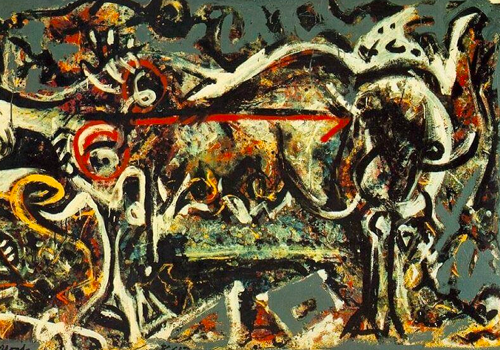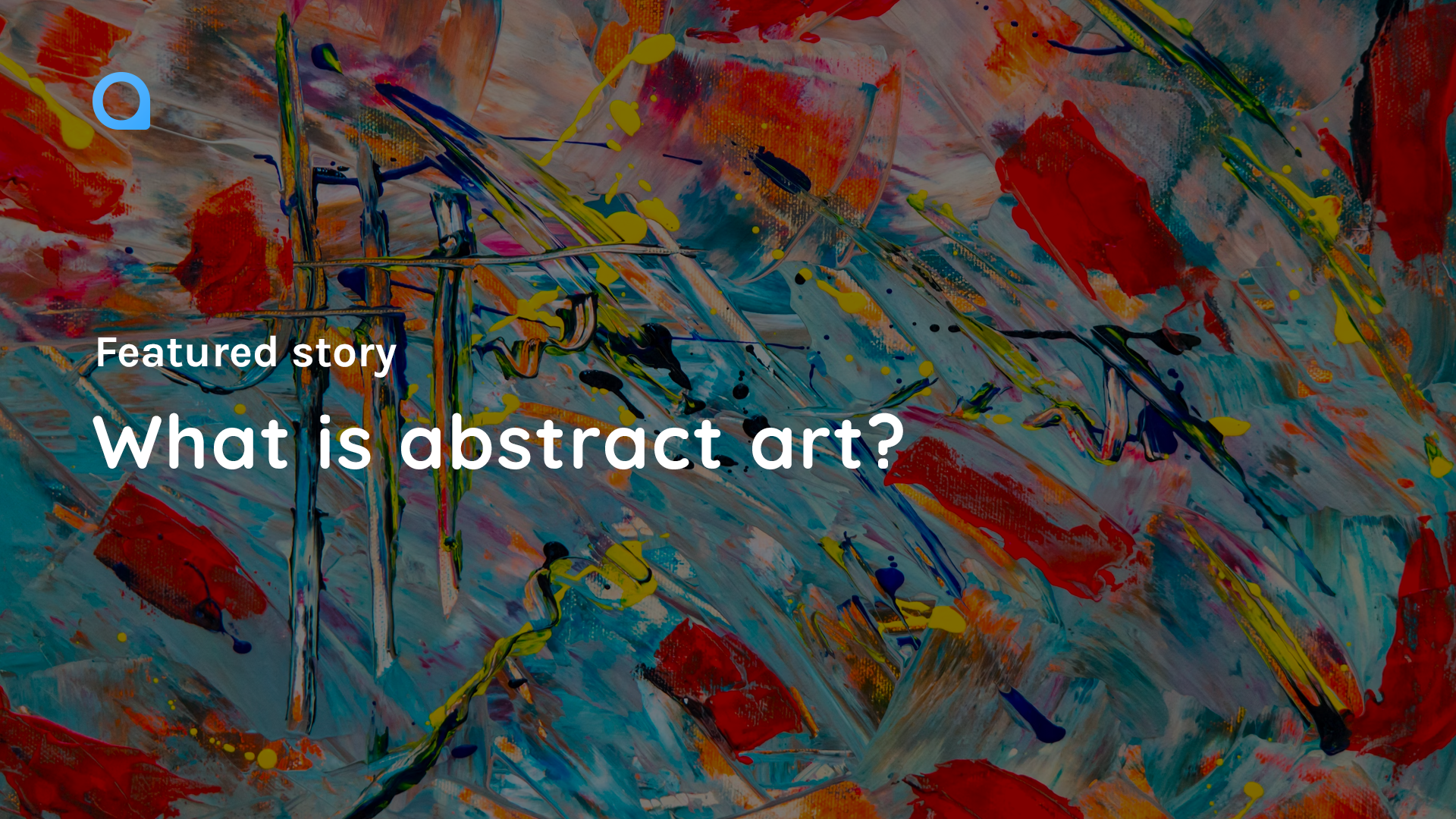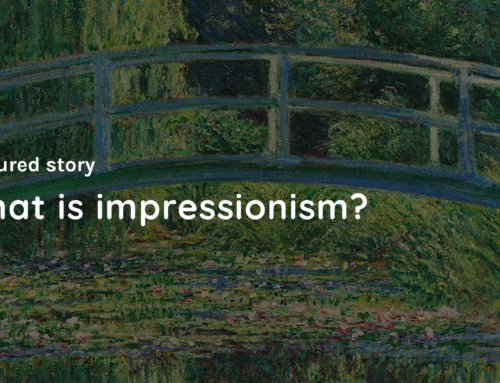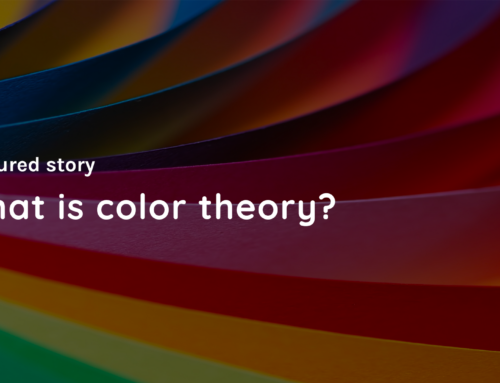Introduction
Abstract art is a form of art that does not attempt to accurately depict the appearance of the physical world. Instead, abstract artists use color, shape, line, and texture to create compositions that may be entirely non-representational or may reference the world in a highly stylized or simplified way.
The roots of abstract art can be traced back to the early 20th century, when artists began to experiment with new styles and techniques that broke with traditional representational art. In the years since, abstract art has become an important and influential genre, with many notable artists creating works that push the boundaries of what is possible in terms of form, color, and expression.
History of Abstract Art
 The origins of abstract art can be traced back to several different movements and artists from the early 20th century. One of the earliest movements was the Russian Suprematism movement, which was founded by artist Kazimir Malevich in 1915. Suprematist art emphasized geometric shapes and bold, primary colors, and sought to reduce art to its most essential elements.
The origins of abstract art can be traced back to several different movements and artists from the early 20th century. One of the earliest movements was the Russian Suprematism movement, which was founded by artist Kazimir Malevich in 1915. Suprematist art emphasized geometric shapes and bold, primary colors, and sought to reduce art to its most essential elements.
Another important movement was the Dutch De Stijl movement, which was founded in 1917. De Stijl artists, including Piet Mondrian, used a highly simplified geometric vocabulary to create compositions that emphasized balance, harmony, and order.
In the United States, the Abstract Expressionist movement emerged in the 1940s and 1950s, with artists such as Jackson Pollock, Mark Rothko, and Willem de Kooning creating works that emphasized spontaneity, emotion, and gesture.
Techniques of Abstract Art
Abstract artists use a wide range of techniques and materials to create their works, including paint, ink, charcoal, and collage. Some artists work on canvas or paper, while others create sculptures or installations.
One technique that is often associated with abstract art is “automatic drawing” or “automatic painting,” in which the artist creates without any preconceived notion of what the final product will look like. This technique is often used to tap into the subconscious mind and create works that express raw emotion or deeply buried thoughts.
Conclusion
Abstract art has been a significant and influential genre throughout the 20th and 21st centuries. It has been used to express a range of emotions, from joy and exuberance to sadness and despair. It has also been used to explore ideas about space, form, and the nature of reality.
Today, abstract art continues to be a vibrant and diverse genre, with artists around the world creating works that push the boundaries of what is possible in terms of form, color, and expression. Whether you are a fan of abstract art or not, there is no denying its impact on the world of art and culture.







